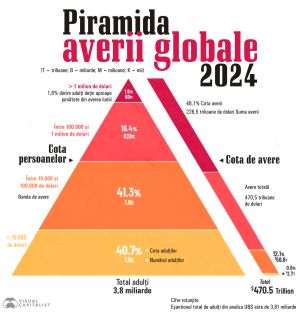Recent research published in The European Physical Journal B offers an interesting explanation for the sharp decline in deaths from Covid-19 in the United States between August 2022 and March 2023. Although vaccines have played a crucial role in fighting the pandemic, it appears that a change in the molecular structure of the spike protein of SARS-CoV-2 was a decisive factor in reducing the severity of infections.
• The context of the pandemic
During the winters of 2020 and 2021, the United States saw a significant number of deaths from Covid-19, reaching 250,000. The following year, this number increased by a third to 330,000. However, between August 2022 and March 2023, the number of deaths dropped dramatically to 80,000, marking a turning point in the pandemic. Although vaccines have been widely available since 2021, researchers have sought additional explanations for this rapid decline.
• Essential findings
The study carried out by researchers from CIMATEC in Brazil, in collaboration with Rutgers University in the USA, identified a phase transition in the spike protein structure of SARS-CoV-2. This transition is similar to those observed in physics, where phase changes can significantly affect the properties of a substance. The spike protein, essential for the virus to enter host cells, underwent mutations that reduced the virus' ability to cause serious infections. This change was seen in recent strains of the Omicron variant, released in 2023, which had only five additional mutations compared to the original Omicron variant.
• The impact on the future
The researchers suggest that this transition affected the way the virus interacts with the upper respiratory tract, reducing the likelihood of severe infections and, by implication, deaths. This discovery not only improves the understanding of the evolution of the contagiousness of the coronavirus, but also provides valuable insights for preparing for future pandemics.
The study paves the way for further research that could help predict and manage future pandemics more effectively by providing a deeper understanding of how viruses evolve and how their effects on public health can be controlled.




























































